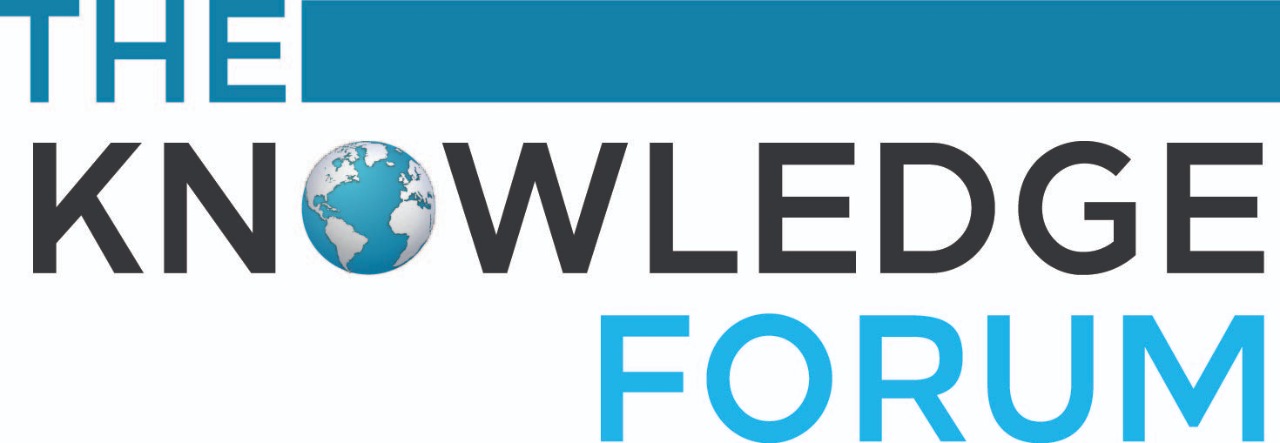Pakistan Bulletin
An up-to-date and informed analyses of key issues of Pakistan.
Human Capital and Economic Growth in Pakistan
September 2023
Human development is of paramount importance for economic growth, as it fosters a population of healthy, educated, skilled, motivated and hopeful individuals who, endowed with liberty, naturally aspire to achieve development for themselves and society as well. In the context of Pakistan’s contemporary challenges, the writer argues that investing in its people could pave the way for the country’s socioeconomic development.
It is imperative for the government to invest more in human capital thereby to promote growth and development in Pakistan. This, however, cannot be done with the least investment in social development sectors, especially in education and health.
Given the above dismal situation, it is imperative for Pakistan to invest more in human capital to promote growth and development. This, however, cannot be done with a very low level of expenditure on education and health. According to the Pakistan Economic Survey 2023, expenditure on education was only 1.7 percent of the country’s gross domestic product (GDP) and health at 1.4 percent of GDP. Not only the expenditure on education is low, it has also declined from 2.1 percent of GDP in 2018 to 1.7 percent of GDP in 2023. If the government focuses only on two areas, it can increase its human capital in a few years. First is the provision of clean drinking piped water to its citizens and the second is increasing enrolment rates in primary education. Provision of clean drinking water will reduce many diseases, lower infant and child mortality and increase adult survival rate. More investment in primary education will reduce dropout rates from primary and enable more students to complete secondary and post-secondary education.
Human capital is a multidimensional concept; according to the World Bank, it encompasses knowledge, skills, and health that people invest in and accumulate throughout their lives, enabling them to realise their potential as productive members of society.
According to the World Bank, the net primary enrolment rate in Pakistan was 68 percent in 2018 which has gone down to 64 percent in 2019 according to the Pakistan Social and Living Standards Measurement (PSLM) Survey 2020. “With over 20 million school-age children out of school, high levels of child malnutrition, and low empowerment of women, Pakistan’s human capital challenges are among the most serious in the world — it is a human capital crisis that is profound, silent and with far-reaching negative effects on the potential of the country and its people”. Pakistan’s investment rate was very low at 13.6 per cent of GDP in 2023. It has also declined over the years. Aggregate consumption was almost 98 per cent of the GDP. There is obviously an urgent need to increase investment. If the government alters its priorities toward more investment in human capital it will increase overall investment and promote growth on a sustainable basis.
Riaz Riazuddin
Author
The author is a former Deputy Governor, State Bank of Pakistan.

Get the latest news and updates from our team
